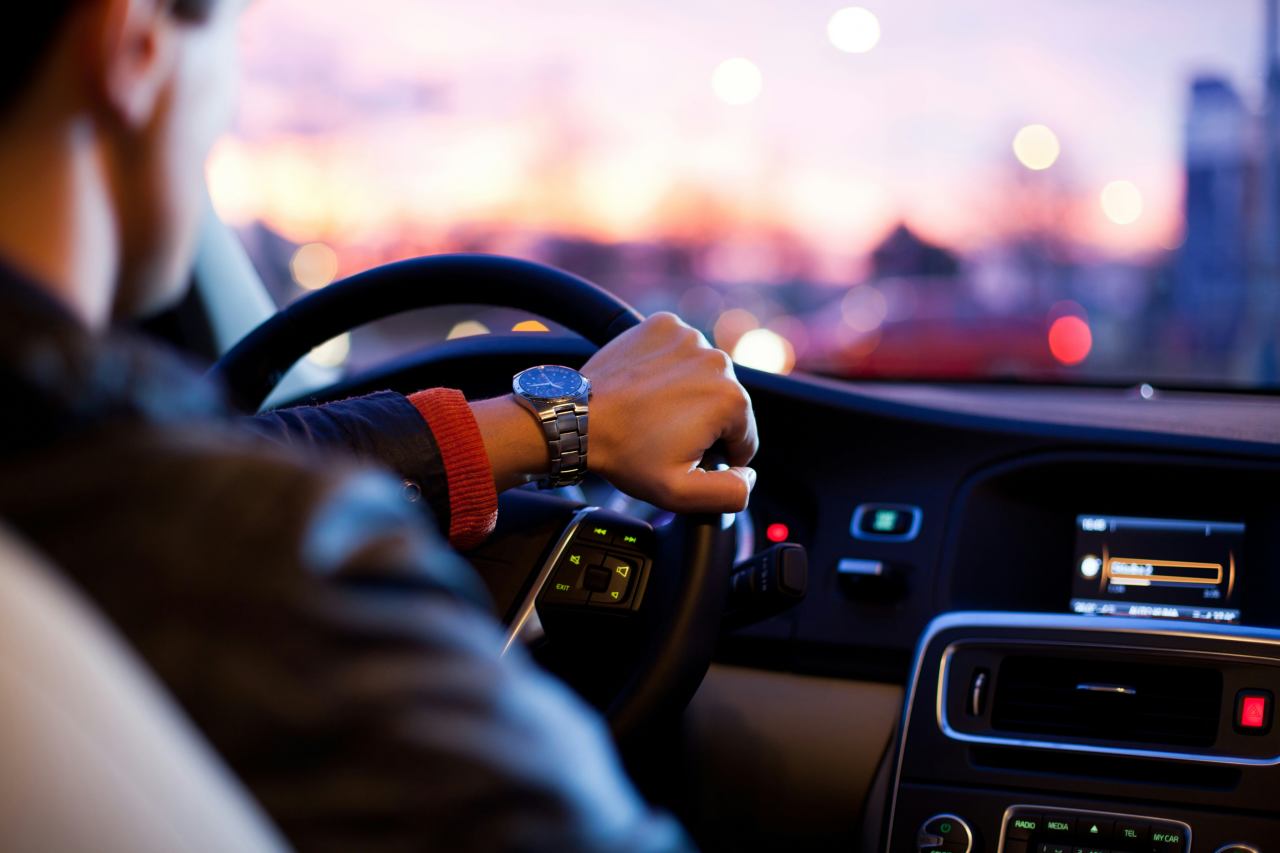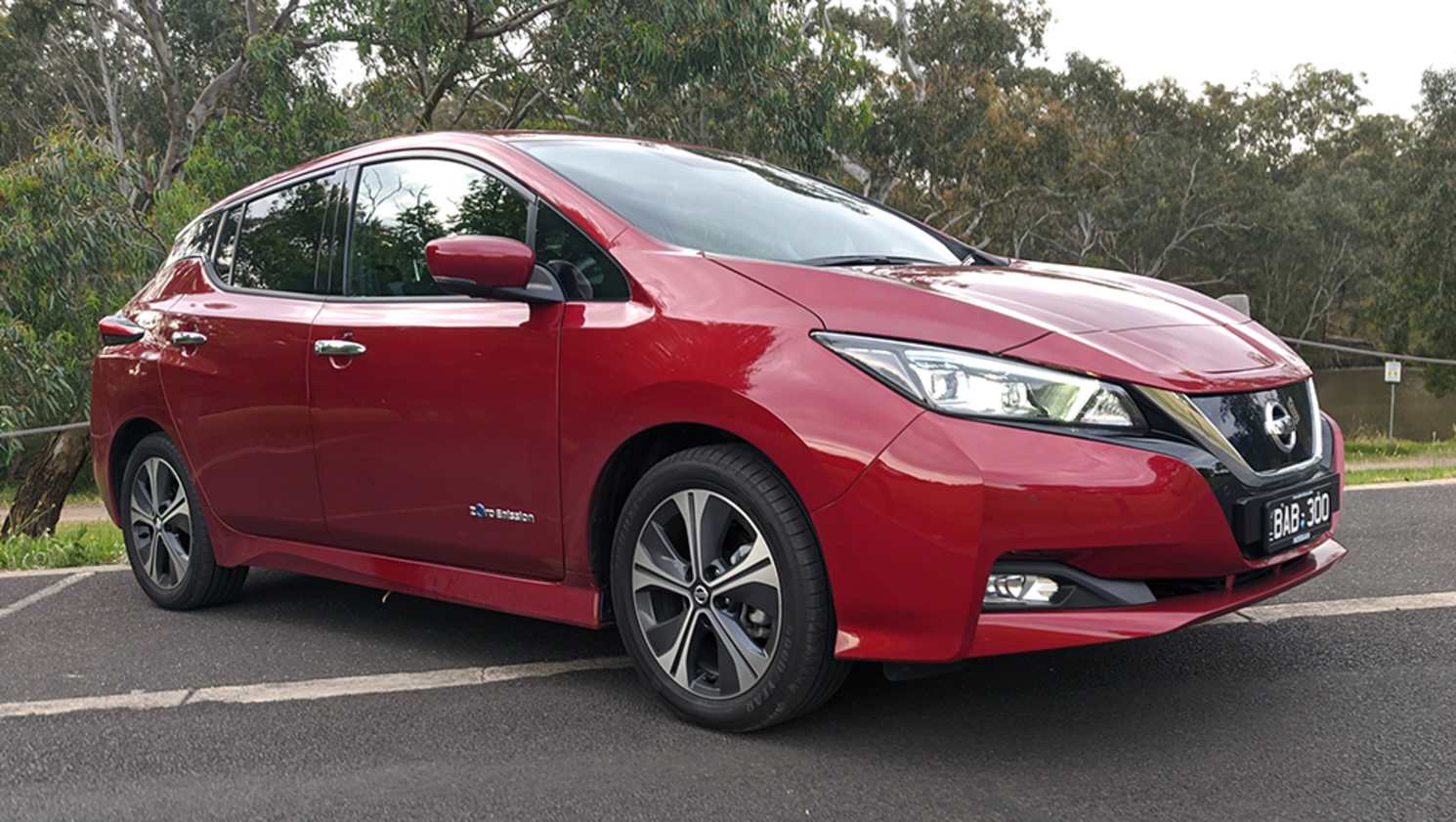Driving range is something every potential electric vehicle (EV) owner has to consider before making the commitment to emissions-free motoring, but what happens when you run out of juice?
The short, and surprisingly mundane is, the same thing that happens if your internal combustion engine (ICE) car breaks down – it goes towed.
The long answer is a little more complicated though, as each electric car manufacturer offers its own roadside assist program, as well as different periods of warranty for the battery and drivetrain systems.
As a pioneer in the emissions-free market, Nissan Australia offers its new-generation Leaf with a five years' roadside assist, while the battery is covered for eight years/160,000km.
If the Leaf runs out of juice, it's a simple matter of getting the vehicle towed to the nearest charger – whether that be at a dealership or public station.
Nissan Australia also notes that the Leaf will give increasingly elevated alerts that it will run out of driving range to give drivers ample time to find a place to charge.
Similarly, the Hyundai Ioniq Electric's battery is backed by the same eight years/160,000km cover period and will need to be towed to a charger if the battery runs flat.
Of note, Hyundai offers 12 months of roadside assist, with another complimentary 12 months if the Ioniq is serviced at an authorised dealership.
MG ZS EV comes with a seven-year/unlimited kilometre warranty, like the rest of the Chinese brand's line-up, but with its first electric model not yet on sale, but like its peers, the SUV will need to be towed to a charger when it runs out of juice.
Renault's solution is to simply tow the Zoe to the nearest charger which could be covered under the brand's roadside assistance under certain conditions.
Over at Tesla however, the roadside assistance period lasts for four years/80,000km and can assist when a Model S, Model X or Model 3 runs flat.
However, the service is not free, and the Tesla Australia website states that "we are able to assist you, but this is not a financially covered service".
Of course, the cost will depend on how far the Telsa will need to be transported.
For reference, all new Tesla's sold come with a four year/80,000km warranty, as well as eight years of coverage for the battery, which varies in range depending on exact model and variant.
Jaguar's I-Pace comes with an eight-year/160,000km battery warranty, while its assistance service will provide owners help in case of emergencies.
According to the British brand, a tow truck would take the I-Pace to the nearest dealership or owner's home, depending on distance.
No batteries for recharging the I-Pace are carried by the Jaguar's roadside assistance truck.
Over at Mercedes-Benz, the brand's roadside assistant will pick-up its EQC and transport it to the nearest public charger or authorised retailer with a station available.
However, the brand is also working on an 'on-the-go' charging solution, which is expected to contain a portable battery pack that can top up the EQC SUV with enough juice to get going again.
Of course, you could always utilise an EVs built-in regenerative braking systems to recoup some energy while being pulled along, or if your made it to a hill, but this would be an inefficient way to charge the battery.
EVs will also give drivers ample warning that the battery is close to being emptied, which should give drivers pause when thinking if they can make it their next charging destination.















.jpg)


.jpg)

.jpg)
.jpg)

